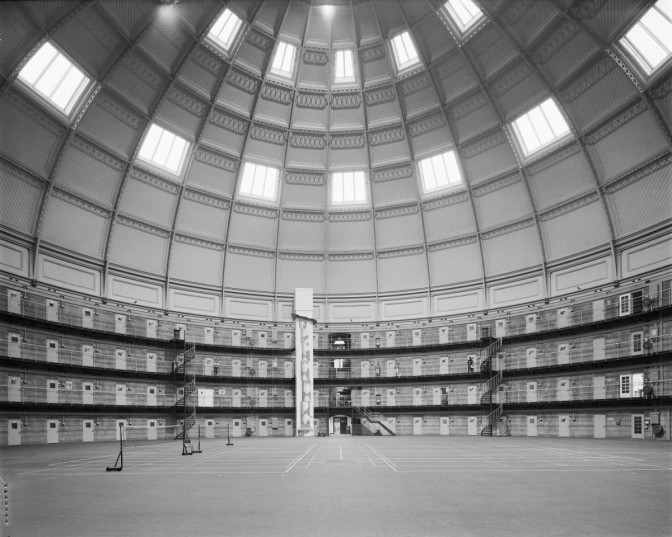Before 1811, locking people up was typically not used as a punishment. People could be confined while awaiting trial, or could be committed to a tuchthuis (house of discipline) where they had to do hard labor.

Strafgevangenis in Breda. Credits: Cultural Heritage Service
In 1811, the French prison model was introduced, where people would be locked up in a gevangenis [prison]. The system was overhauled in 1821 and again in 1886. Here is an overview of the different terms and meanings. For more information about researching prisoners, see the articles about prison records and the secret register of released prisoners.
1821-1886
| Prison | Who was there? |
|---|---|
| Huis van Bewaring [House of Confinement] |
|
| Huis van Arrest [House of Arrest] |
|
| Huis van Justitie [House of Justice] |
|
| Provoosthuis [Provost house] |
|
| Huis van Correctie [House of Corrections] |
|
| Huis van Reclusie en Tuchtiging [House of Reclusion and Discipline] |
|
After 1886
| Prison | Who was there? |
|---|---|
| Huis van Militaire Detentie [House of Military Detention] |
|
| Huis van Bewaring [House of Confinement] |
|
| Passantenhuis [House for people passing through] |
|
| Strafgevangenis [Punishment prison] |
|
| Bijzondere strafgevangenis [special punishment prison] |
|
| Rijkswerkinrichtingen [National Work Institutes] |
|
“Gevangenen in gevangenisarchieven” [Prisoners in prison archives], research guide, Nationaal Archief (https://www.nationaalarchief.nl/onderzoeken/zoekhulpen/gevangenen-in-gevangenisarchieven : accessed 28 January 2022).

